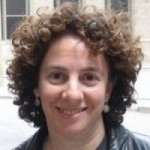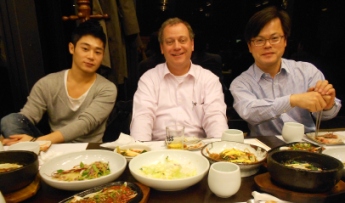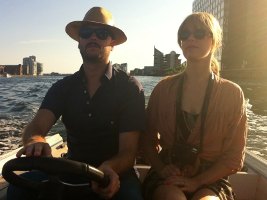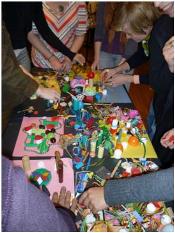
Caron Atlas
'You Can’t Evict an Idea Whose Time Has Come'
Posted by Nov 23, 2011

Caron Atlas
At the recent Policy Link Equity Summit 2011 in Detroit at a session called “Holding Ground,” progressive presenters—including Wisconsin State Senator Lena Taylor, who participated in the “driving filibuster” to prevent the dismantling of collective bargaining, spoke about maintaining equity in a time a cutbacks.
At the end of the session one of the younger audience members, Michael Collins, asked where in all this talk of holding ground were the progressive ideas, the vision for the future. His question significantly shifted the room.
The conference had begun with Grace Lee Boggs inspiring us to seize this moment to “create something new.” Artists Invincible and Rha Goddess later spoke about shifting the culture and did just that as they performed, bringing economic injustice home. Occupy Wall Street (OWS) organizer Nelini Stamp noted that Occidental professor Peter Dreir has researched a three-fold increase in the word “inequality” in the media since OWS began. She then asked us to “think big”.
This post is supposed to be about placemaking. But right now I’m thinking about holding ground and thinking big. OWS’s place at Zuccotti Park has just been bulldozed. At Policy Link and other conferences I have been to this fall I have found many organizers embracing the energy around the 99%.
Read More














